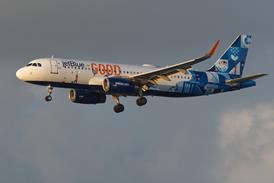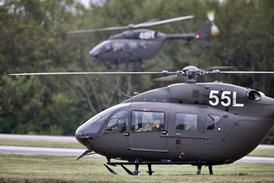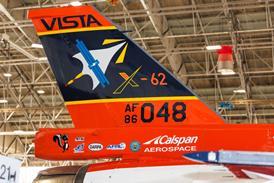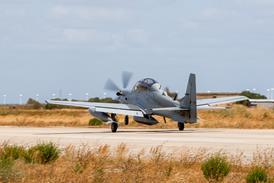Vertical Aerospace is giving away little technical detail about the long-range hybrid eVTOL which it has been quietly developing alongside its all-electric VX4.
But it will use its third VX4 prototype – currently undergoing final assembly at its Cotswold facility – initially to support flight-testing of the all-electric version, before retrofitting the aircraft with a gas turbine.
Vertical has yet to detail the precise technical mechanism. But FlightGlobal understands that the hybrid variant will be powered by conventional jet fuel, supported by electrical battery energy.
This could enable the aircraft to use electric lift for take-off and landing, and burn conventional fuel once it is outside of noise-sensitive areas – an operational concept similar to the Horizon Aircraft Cavorite X7 which combines electric wing-fans for hovering with a fuel-burning engine for forward thrust.
Vertical chief Stuart Simpson, speaking during a first-quarter briefing on 13 May, said the company expected to certify the hybrid eVTOL as a separate aircraft, around the same time – or perhaps “slightly” later – as the all-electric version.
He stresses that the hybrid is not distracting the company from its core VX4 development, pointing out that they both use the current airframe.
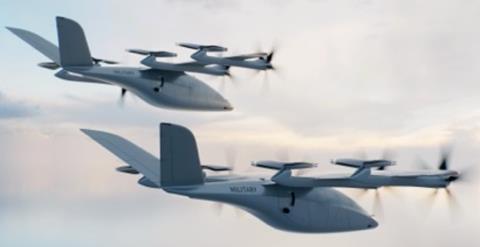
The hybrid takes advantage of space in the luggage compartment with a partial encroachment of the cabin.
“This is where our larger cabin is beneficial,” says Simpson, claiming that the VX has the largest dimensions among its tiltrotor peers.
Work on the hybrid has been quietly proceeding for 18 months, he says, and the company is aiming for full-scale piloted flight testing in the second quarter of next year.
Simpson says the variant represents a “huge additional market opportunity for us”.
Vertical is not disclosing details of customer discussions, but it views the military sector as an area of interest. Simpson says the hybrid’s capability – a 1,000nm range and payload of 1,100kg – is “utterly transformational”.
“We always knew defence and commercial opportunities opened up with a hybrid powertrain,” he says. Hybrid eVTOLs, adds the company, have a cost advantage over similarly-sized helicopters, as well as “stealth advantages” through low noise and heat.



